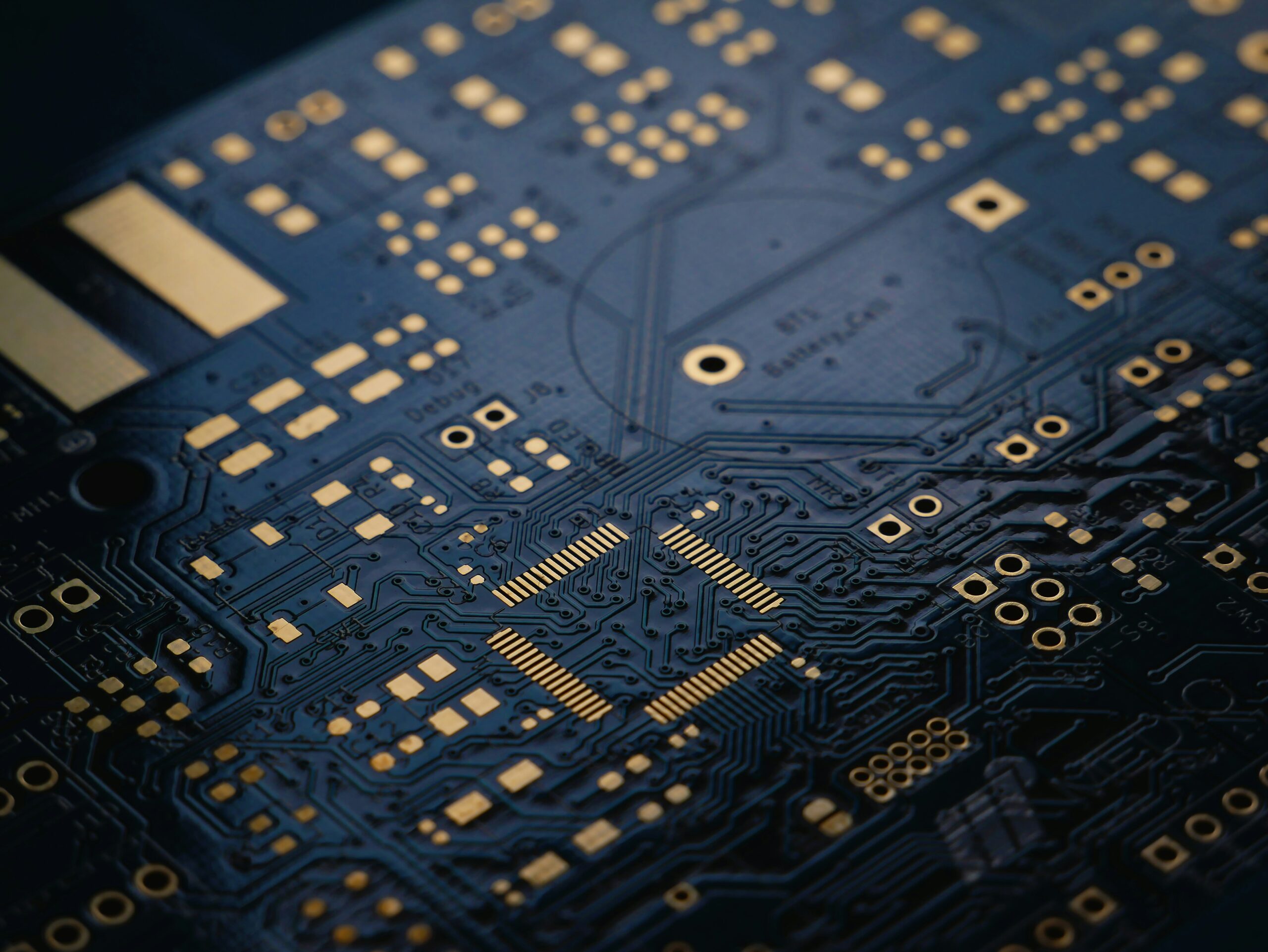The future of tattoos is no longer just about ink and art — it’s about information. The latest wave of research and design merges tattoo aesthetics with wearable technology, creating a new generation of “smart tattoos” capable of monitoring health, emotions, and even brain activity. What was once purely an expression of identity is now becoming a living interface between body and data.
From Decoration to Detection
Traditional tattoos have always been personal — a visual reflection of memories, beliefs, or style. But today, engineers and material scientists are taking that concept to another level. Using ultrathin electronic films, conductive inks, and bio-sensing polymers, researchers are turning the skin itself into a functional surface that can sense, track, and communicate biological information.
These “electronic tattoos” are flexible, lightweight patches that adhere to the skin just like a regular tattoo — but hidden within their ink are micro-sensors, conductive pathways, and wireless transmitters. Instead of pigment, they use materials like graphene, platinum selenide (PtSe₂), and conductive polymers that can detect subtle physiological signals such as heart rate, muscle movement, or brain activity.
Mind-Reading Tattoos: A Window Into Mental States
At the University of Texas at Austin, engineers have created what they call a wireless forehead e-tattoo — a soft, skin-thin patch capable of recording brain waves (EEG signals) with remarkable accuracy. Unlike bulky headbands or electrodes, this tattoo is almost invisible and moves naturally with facial expressions.
The innovation has profound implications. By decoding mental strain or fatigue, it could help surgeons, pilots, or drivers maintain focus in high-pressure situations. Over time, it could even allow researchers to monitor mental health or early signs of cognitive decline — all without intrusive equipment.
As one of the project’s engineers put it, “We’re creating technology that disappears on the skin — you forget it’s even there, but it’s constantly listening to your body.”
Skin That Thinks: Neuromorphic Tattoos
The next step goes beyond measurement — toward processing information directly on the skin. Recent advances in neuromorphic electronics (systems that mimic the human brain’s neural networks) have led to experimental tattoos that not only detect signals but analyze them locally, using the skin as part of a computing circuit.
Imagine a tattoo that not only senses muscle tension but can adjust a prosthetic limb in real time, or a tattoo that monitors hydration and alerts you when you need water. These “thinking tattoos” are still in the lab stage, but the groundwork is being laid for tattoos that blur the line between biology and technology.
The Rise of Conductive Inks
The backbone of these innovations is a new class of conductive inks — printable, stretchable materials that conduct electricity without losing flexibility. Some of the most promising are based on PEDOT:PSS, a polymer blend already used in organic electronics. When printed as ultra-thin layers on skin, these inks can act as electrodes for tracking muscle movement (EMG) or heart rhythms (ECG).
Unlike traditional wearables like smartwatches, these tattoos conform perfectly to the skin’s micro-contours, providing cleaner signals and higher comfort — ideal for long-term use in sports, healthcare, or clinical diagnostics.
Health, Art, and Ethics
As these tattoos evolve, they also raise new questions:
Who owns the data your body produces? Can a tattoo store or transmit information securely? What happens when a tattoo becomes both art and medical device?
Ethical design and regulation will be essential as smart tattoos move closer to commercialization. Researchers are already working with bioethicists and regulators to ensure that these devices — even when decorative — meet safety and privacy standards.
Looking Ahead
The convergence of tattooing and biotechnology is creating a future that once belonged to science fiction. In essence, tattoos may soon evolve from a form of self-expression into a medium for self-awareness — a wearable language that lets the body speak in signals as well as symbols.



